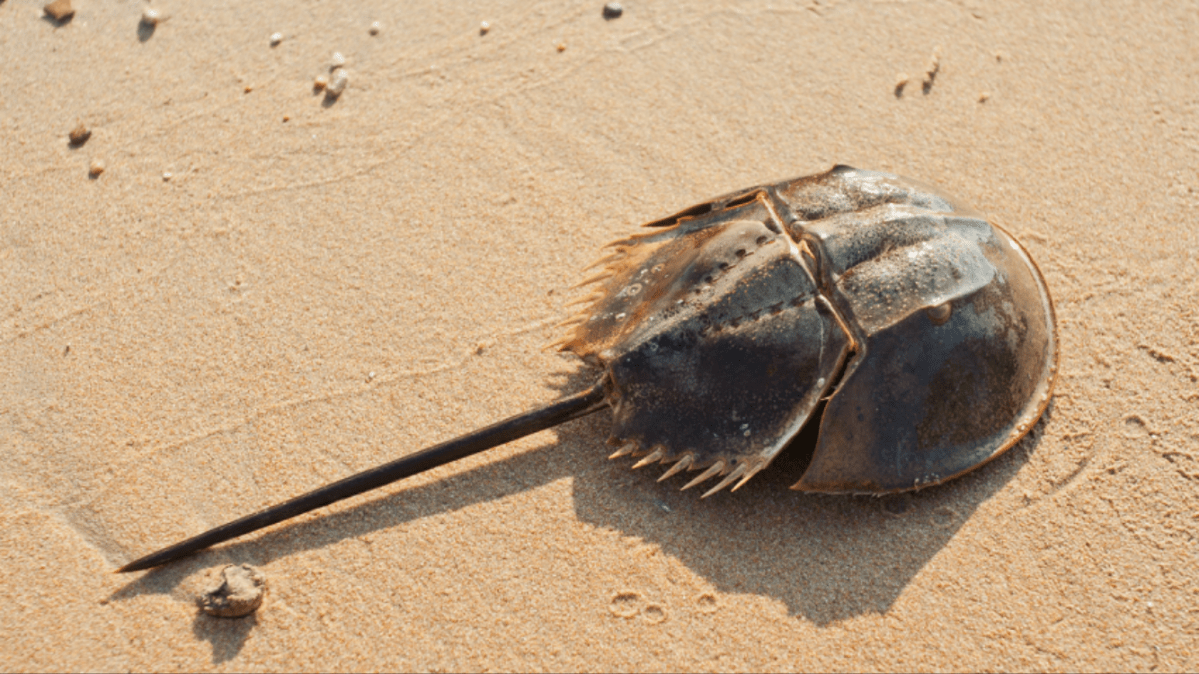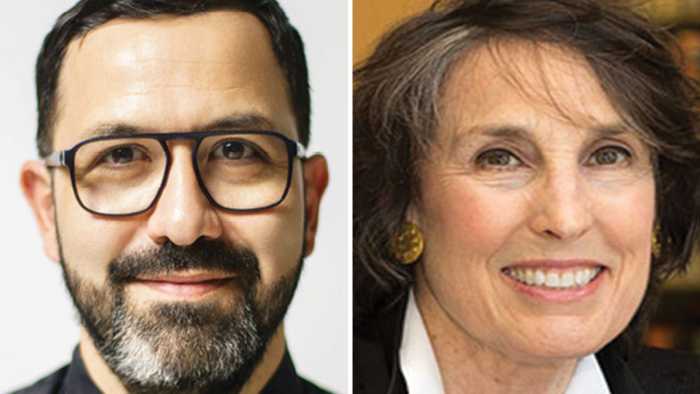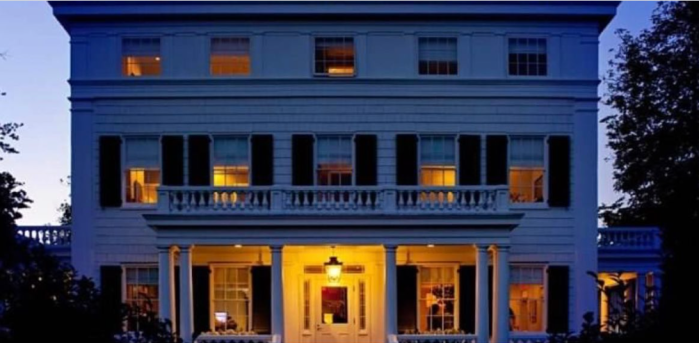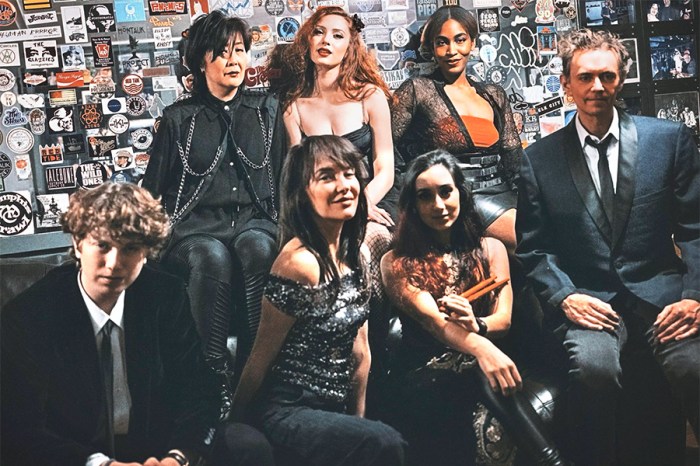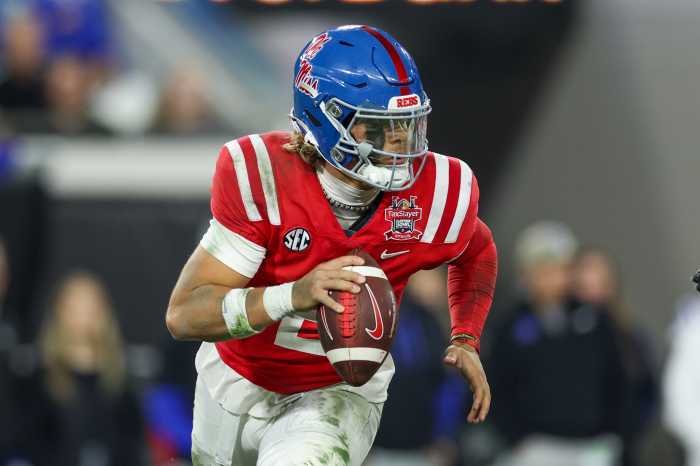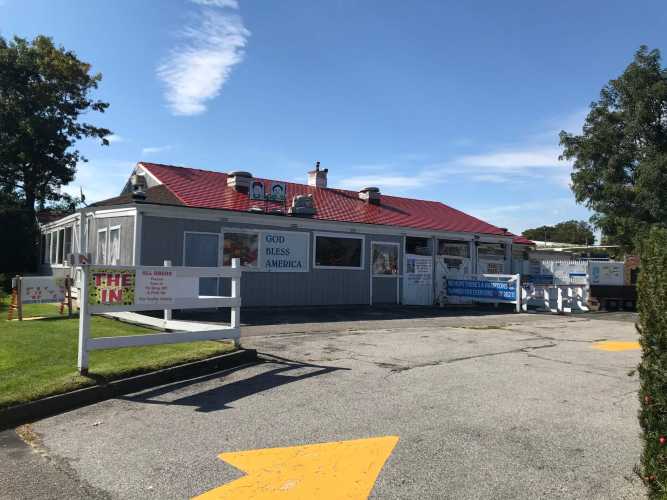Anyone who has spent time on our beaches has probably seen a hideous-looking creature called the horseshoe crab. This bizarre-looking animal is one of the most successful, important and spectacular species of our marine life.
I was taught to respect my elders, but respecting horseshoes takes this sentiment to another level. Long before dinosaurs roamed the earth, before the first plants blossomed, horseshoes thrived in the primordial soup of the Devonian period 420 million years ago. Elders indeed! But they don’t get much respect from humans who don’t understand them.
For starters, they aren’t crabs. They are classified as chelicerates and are more closely related to spiders than crabs. Second, they are harmless. Although they have a menacing-looking long, tapered, hard tail, it is not a stinger and they don’t raise it in shallow water hoping you will step on it. It is used as a rudder when swimming and as a lever to right themselves. If turned upside down by a wave they may perish from the heat or be killed by predators who make an easy meal of their soft underbelly.
Their populations have suffered terribly in the last 100 years. They arrive on our shores in great numbers in the late spring to mate and spawn, making them easily caught.
In Long Island’s early farming days, millions were mercilessly scooped up, trucked and deposited in fields as fertilizer.
Fishermen used crabs as conch bait (aka scungilli ) and decimated the population. The overharvesting caused a ripple effect in the environment, as the hundreds of millions of eggs deposited annually sustain fish, sea turtles and shorebirds.
Recently, scientists have wondered how they survived so long. Crabs are true “blue bloods”: Their copper-rich blood turns blue when oxidized, not red. Their blood has amoebocytes that attack any foreign bacteria, fungi or virus that enters the crabs’ blood stream. Armed with this, horseshoes never fall ill to infections.
Their blue blood is now harvested sustainably from the crabs for testing human vaccines. If foreign bodies are present, the blood quickly reveals them, ensuring vaccines are pure and free of toxins. The pharmaceutical community is studying the blood’s properties for a myriad of potential uses and it is currently valued at $15,000 a quart.
So let’s look at horseshoes differently. These creatures deserve respect for how long they have lived, an apology for our misguided actions, and a heartfelt thanks for their contributions to science.
Jungle Bob’s Reptile World is located at 984 Middle Country Rd. in Selden. It can be reached at junglebobsreptileworld.com 631-737-6474.




